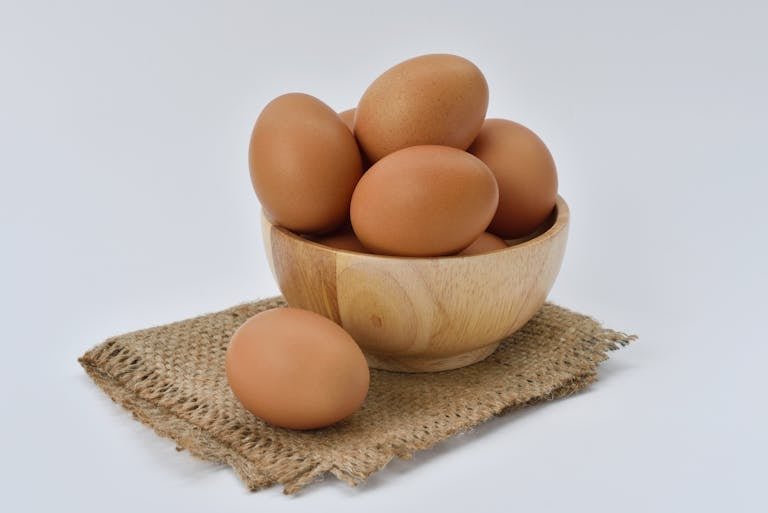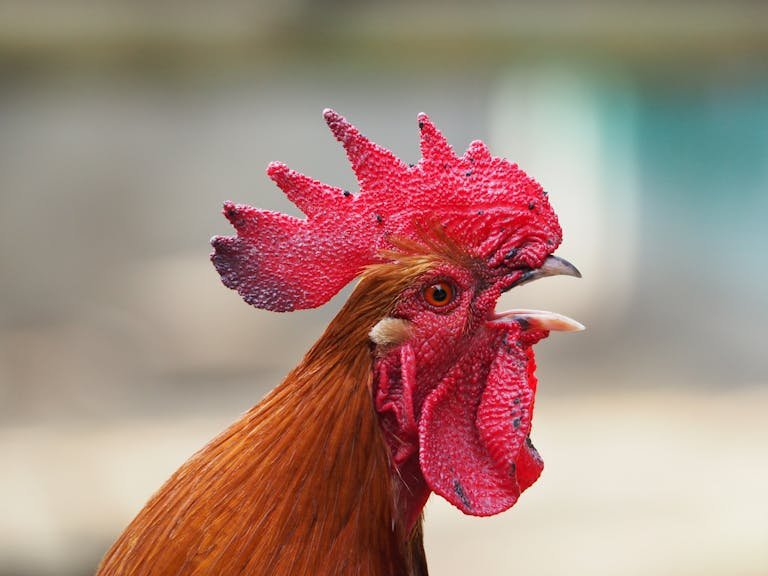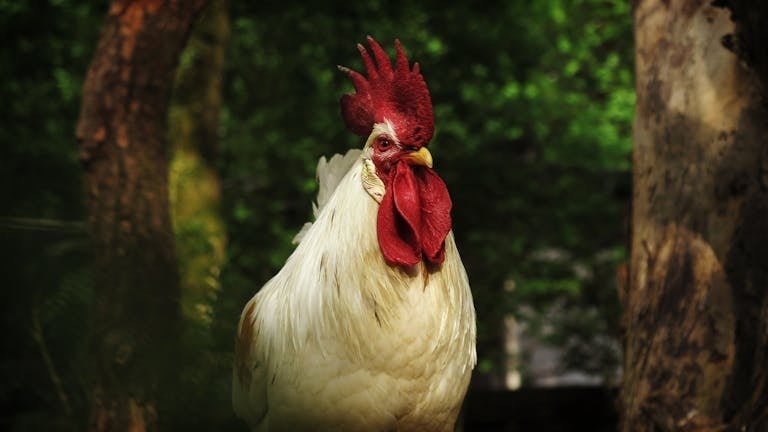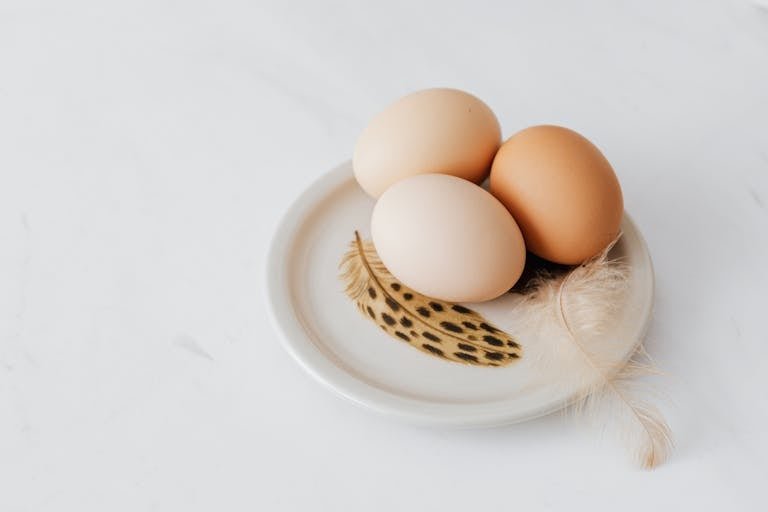The Feathered Feast: Can You Eat Peafowl Eggs?
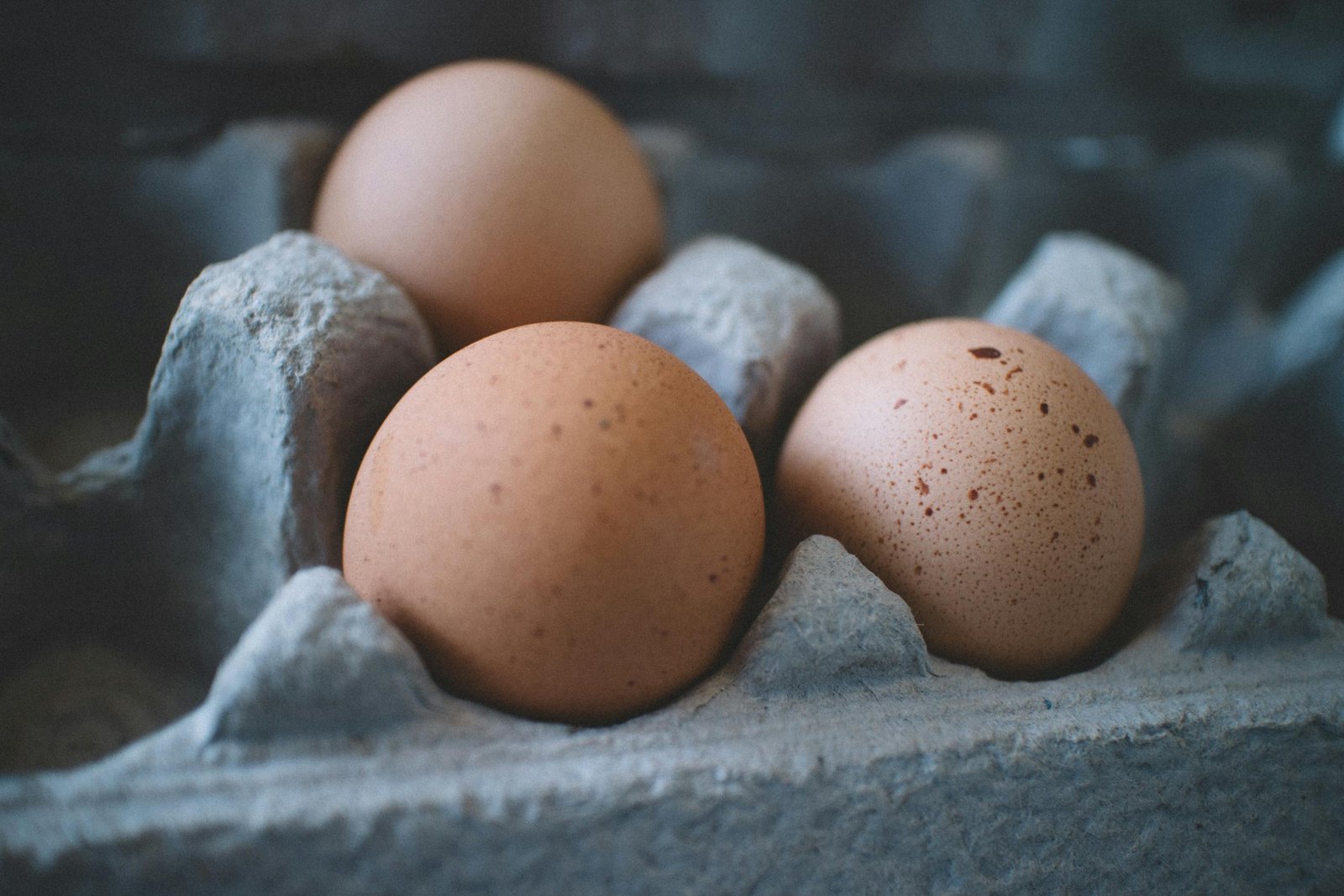
Yes, peafowl eggs are edible, and they offer a unique experience for those interested in trying something beyond the typical chicken egg. Although similar to chicken eggs in taste and nutritional profile, peafowl eggs are notably larger and have a tougher shell. However, they’re less common, as peahens lay fewer eggs than chickens, and are typically pricier due to this rarity.
In this blog, I will explain all about Can You Eat Peafowl Eggs? and the taste, texture, and nutritional benefits of this egg.
What Are Peafowl Eggs?
Peafowl eggs are laid by peahens, the females of the peafowl species. Peafowl belong to the same family as pheasants and include three primary species: the Indian peafowl, the Green peafowl, and the Congo peafowl. Most peafowl eggs that are eaten come from Indian peafowl, also known as the familiar blue peacock.
Peafowl eggs are larger than standard chicken eggs, with a thick shell and slightly higher nutritional value. They are not commonly available in grocery stores, and you’ll likely only find them on specialized farms or from breeders.
Taste and Texture of Peafowl Eggs

How Do Peafowl Eggs Taste?
Peafowl eggs taste similar to chicken eggs, making them a familiar option if you already enjoy the taste of eggs. However, some people say they have a richer flavor, with a slightly creamier texture that makes them a bit more indulgent. Others might not even notice much difference at all in taste.
Texture Differences
The texture of peafowl eggs can feel a little denser and creamier, especially due to their thicker yolks. When you crack one open, you’ll notice the egg whites are thicker, and the yolk is more vibrant and large compared to chicken eggs. This gives dishes prepared with peafowl eggs a creamier consistency.
Shell Thickness and Color
One distinct feature of peafowl eggs is their shell. Peafowl eggs have a tougher, thicker shell than chicken eggs, and they can range in color from a pale tan to a creamy white. The thicker shell may make them slightly more challenging to crack, but it also helps to keep the egg fresher for longer.
Nutritional Value of Peafowl Eggs
Peafowl eggs are rich in essential nutrients, making them an excellent source of protein, vitamins, and minerals. Here’s what you need to know about their nutritional content:
High Protein Content
Just like chicken eggs, peafowl eggs are high in protein, which is essential for building and repairing tissues in the body. Protein also plays a key role in maintaining a healthy immune system and supporting muscle growth. A single peafowl egg provides a significant amount of protein, making it a nutritious choice for breakfast or any meal.
Essential Vitamins and Minerals
Peafowl eggs are loaded with vitamins and minerals, including:
- Vitamin B12: Important for maintaining nerve function and producing red blood cells.
- Vitamin A: Vital for eye health, immune function, and skin health.
- Vitamin D: Supports bone health and helps in calcium absorption.
- Iron: Essential for transporting oxygen in the blood.
These nutrients make peafowl eggs a beneficial addition to a balanced diet, particularly if you’re looking for an alternative source of essential vitamins and minerals.
Cholesterol and Fat Content
Like most eggs, peafowl eggs contain cholesterol and fat, with slightly higher levels than chicken eggs due to their size. If you’re watching your cholesterol intake, it may be best to eat peafowl eggs in moderation. However, much of the fat in peafowl eggs is unsaturated, which is healthier than saturated fats.
How to Cook Peafowl Eggs
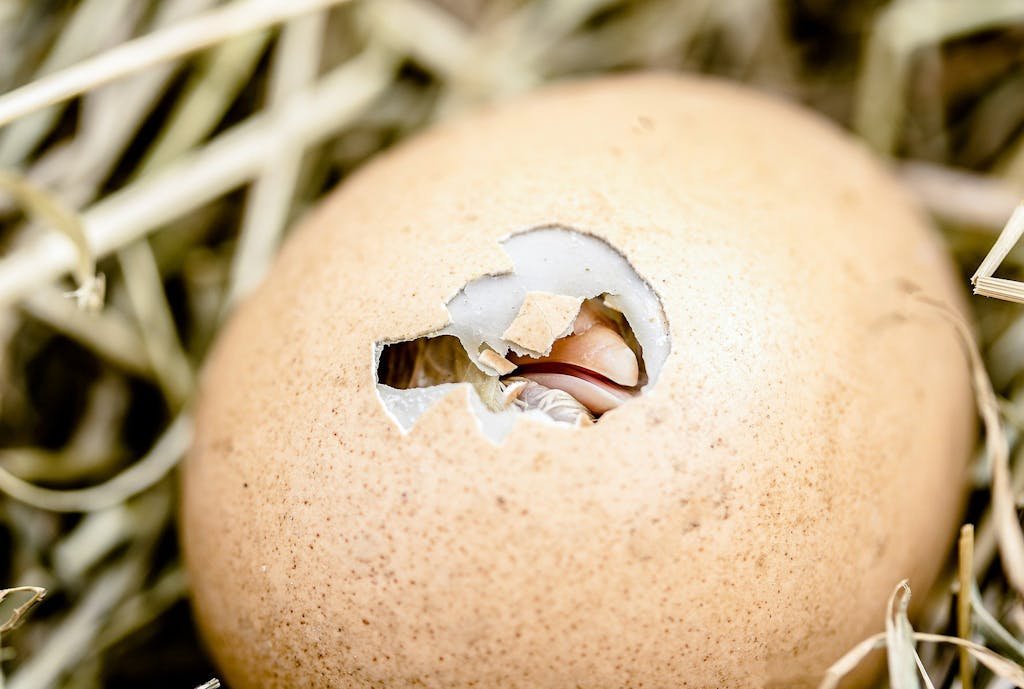
One of the best things about peafowl eggs is that they can be prepared just like chicken eggs. Whether you prefer scrambled, fried, poached, or hard-boiled eggs, peafowl eggs offer versatility in the kitchen.
Scrambled Peafowl Eggs
To make scrambled peafowl eggs, crack the eggs into a bowl, whisk, and season with a pinch of salt and pepper. The thick yolk will give your scrambled eggs a creamy texture, so you may not need to add as much milk or cream as you would with chicken eggs.
- Ingredients: Peafowl eggs, salt, pepper, and a bit of butter or oil.
- Instructions: Whisk the eggs, season, and pour into a hot pan. Stir until they reach your desired consistency.
Fried Peafowl Eggs
For fried peafowl eggs, simply heat a pan with a small amount of oil or butter and crack the egg into the pan. The larger yolk will give a fried peafowl egg a visually appealing look.
- Ingredients: Peafowl egg, oil or butter, salt, and pepper.
- Instructions: Crack the egg into a heated pan and cook for about 3-5 minutes, depending on how you like your yolk.
Poached Peafowl Eggs
Poaching peafowl eggs takes a bit more finesse due to their larger size, but the end result is a deliciously creamy egg that works well on toast or in a salad.
- Ingredients: Peafowl egg, water, and a splash of vinegar.
- Instructions: Boil water, add vinegar, and gently place the egg in the pot. Cook for 4-5 minutes, or until the egg white is set.
Baking with Peafowl Eggs
Because of their size and richness, peafowl eggs are excellent for baking. They add extra volume and moisture to cakes, muffins, and other baked goods, resulting in a softer and more flavorful product. If a recipe calls for two chicken eggs, you can often substitute with just one peafowl egg.
Are Peafowl Eggs Safe to Eat?
Yes, peafowl eggs are safe to eat when properly handled and cooked. Like any other eggs, they should be stored in a cool place and cooked thoroughly to avoid any risk of bacterial contamination, such as Salmonella.
Tips for Safely Handling Peafowl Eggs
- Store Properly: Keep peafowl eggs in the refrigerator to maintain their freshness.
- Cook Thoroughly: Ensure that the egg whites and yolk are fully cooked to reduce the risk of foodborne illnesses.
- Avoid Cracked Eggs: If an egg has cracks, it’s best to discard it, as cracks can allow bacteria to enter.
Sustainability and Ethical Considerations
Peafowl eggs may offer a more sustainable choice if sourced from small-scale farms that prioritize the ethical treatment of animals. Peafowl are not typically raised in intensive farming conditions, and many breeders ensure they have space to roam, which can be a better ethical choice for some consumers.
Are Peafowl Eggs Environmentally Friendly?
Because they’re raised on a much smaller scale, peafowl eggs have a relatively low environmental impact. However, they’re also not a common product, so the environmental benefits are somewhat limited by their scarcity.
Read Also: Can Chickens Eat Avocado Skins?
Final Thoughts
If you’re curious about trying something unique and don’t mind spending a bit more, peafowl eggs can be a worthwhile experience. They provide a nutritional profile similar to chicken eggs, with a slightly richer flavor and creamy texture that some people find delightful.
